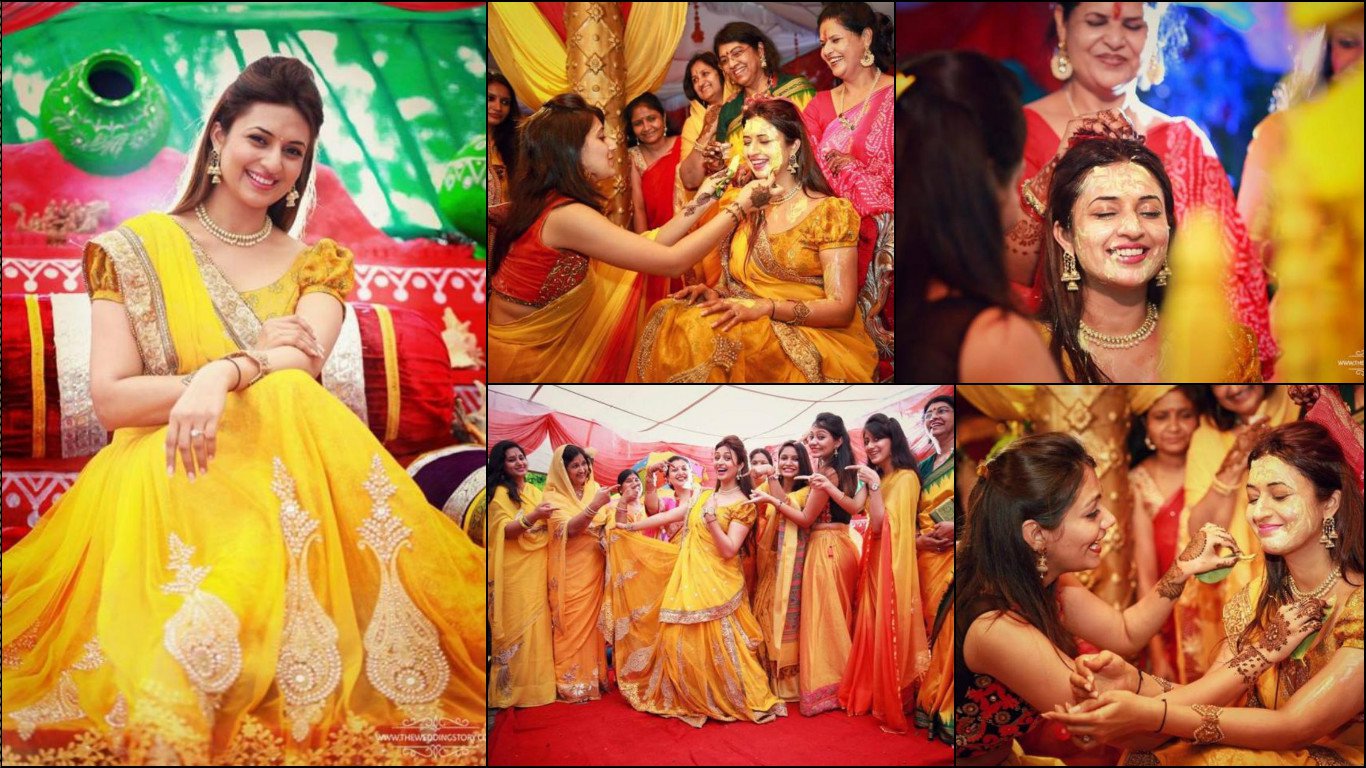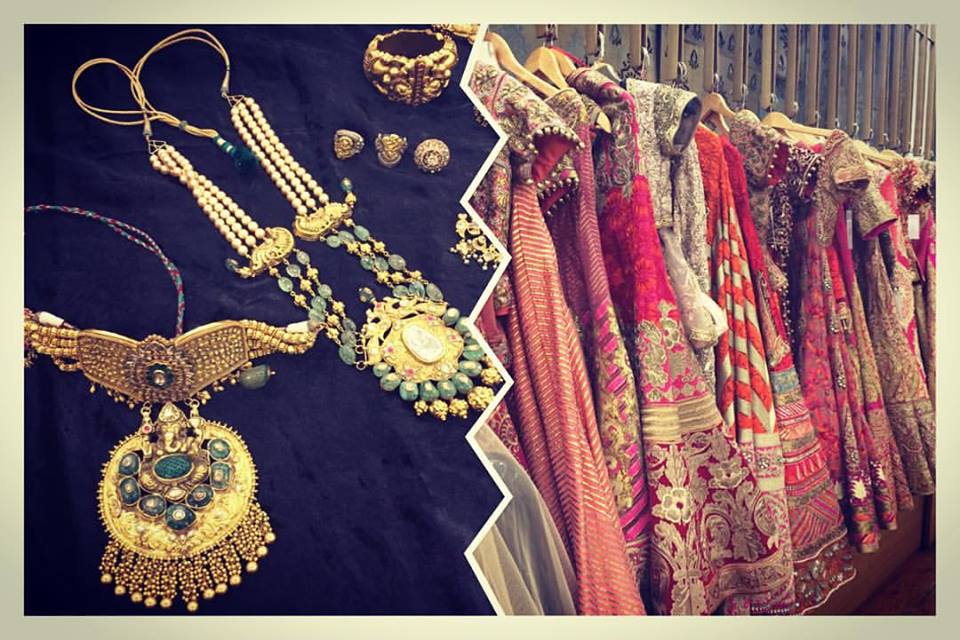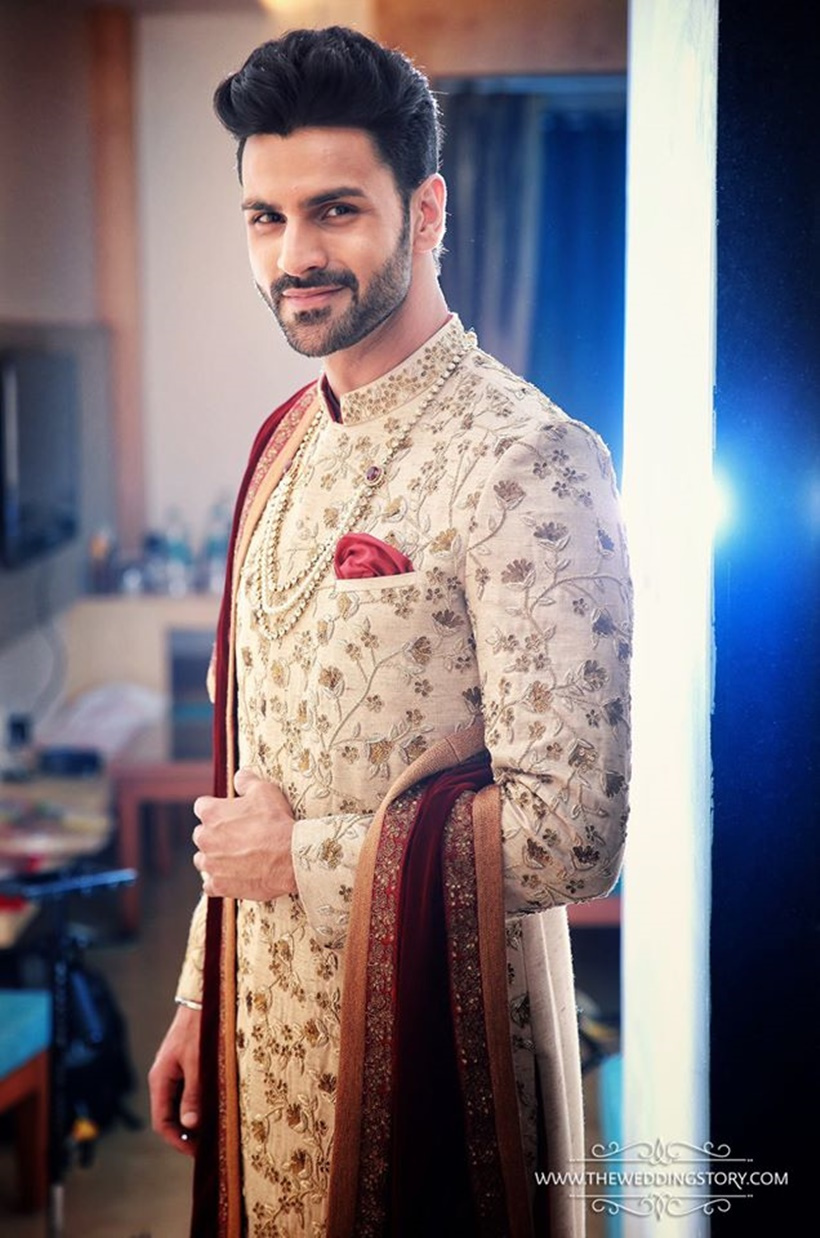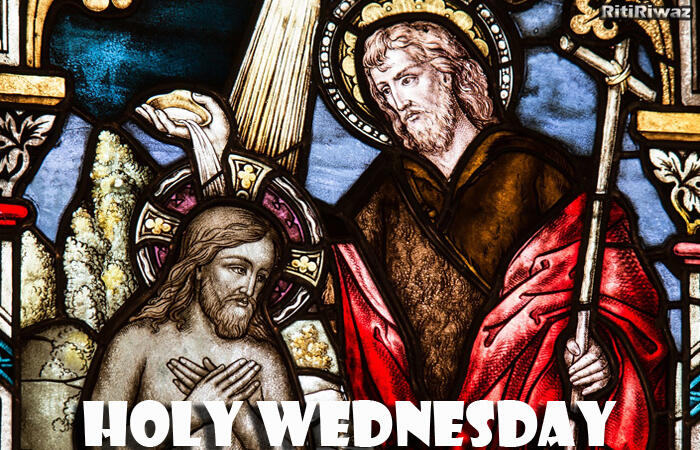Big Fat Indian Wedding

One billion people, more than 1600 spoken languages, 28 culturally different states, over 9 religions, one country – India defines diversity. This diversity, seen in every realm of Indian life starting from food & clothing to customs & traditions, is reflected in Indian marriages as well.
In our culture, marriage symbolizes not just the sacred union of two individuals, but of the coming together of two families and extended families as well! Their level of involvement is so profound that typically the family decides the bride/groom. In fact, even a few decades ago the bride and the groom saw each other for the first time only on their wedding day. This trend has changed in urban areas, and in the present day, youngsters have a better say in choosing their life partner. Families search for eligible partners for their children through word of mouth or marriage priests primarily. However, with the internet revolution in India online matrimonial sites are also becoming quite a hit!
Arranged marriages are strictly intra-religion and intra-caste. The compatibility of the couple is assessed on the basis of horoscopes, and if good, then an alliance is sought. In urban areas, the couple goes a step further to interact and see if their interests and natures match. If the alliance is agreeable to both parties, they proceed to plan for the engagement ceremony and the wedding. Though arranged marriages are still the norm, love marriages are becoming a common occurrence these days, predominantly in urban areas.
Months before the wedding an engagement ceremony, known as Mangni (in North India) or Nischitartham (in South India), is held. The two families meet to perform rituals to make the engagement official. A mahurat (auspicious date & time) for the wedding is decided based on horoscopes. The couple is then blessed by elders of both families and is given gifts including jewelry and clothing by their new family. In certain traditions, engagement is marked by the exchange of rings between the bride and groom to be. Indian engagement ceremonies are very elaborate and vibrant, a sort of prequel to the main wedding, involving close friends and relatives.
The period between the engagement and marriage is one of great excitement and anticipation for both the bride and groom to be. It is marked with a lot of fun-filled activities, with both families getting together to plan the wedding, to shop, and getting to bond.
Suggested Read: Why Indian Weddings Last Three Days

Pre-wedding ceremonies
Traditional Indian weddings last a week and start with pre-wedding ceremonies. Haldi is a ritual holy bath during which turmeric (Haldi), oil, and water are applied to both the bride and groom by married women. This is followed by the Mehendi ceremony, during which the bride’s hands and feet are decorated with intricate patterns by the application of Henna. On a lighter note, it is believed that the deeper the color of the Mehendi (henna) stronger is the groom’s love for the bride. With foot-tapping music and dances, this ‘ladies-only party lends a break from the otherwise more ritualistic ceremonies. When the bride goes to the groom’s house after the wedding, she is not expected to perform any housework until her Mehendi has faded away.
Other important North-Indian prewedding ceremonies include Sangeet and Tilak. Sangeet means music. As the name suggests, this function is an evening of musical entertainment and merriment hosted by the bride’s family. The main significance of this ceremony is that the bride is introduced to all the members of her new family. As a part of the Tilak ceremony, vermillion or kumkum is placed on the forehead of the groom by all the male members of the bride’s family. Kumkum is a sign of auspiciousness. Presents are given to the groom and his family, requesting them to take care of the bride.
Janavasam is a predominantly south Indian tradition, where the groom is paraded around the town on a chariot (or nowadays an open car!), the evening before the wedding. In small towns and villages this event serves to show the groom to the people so that if they knew anything about the groom that had to be brought to the notice of the bride’s family, they could do so. This is similar to the Christian tradition of the priest asking those present if anyone had any objection to the wedding.
Suggested Read: 10 Latest Bridal Lehenga You Could Wear For Your Wedding

Wedding Attire
Traditionally the bride wears a sari or a lehenga which is highly ornate with gold and silver embroidery. The color of the sari or the lehenga is of great significance and is different for different communities. The colors generally considered auspicious for the occasion are, red, yellow, green, or white.

Red is most common and it symbolizes prosperity, fertility, and saubhagya (marital bliss). The bride also dons elaborate and beautiful ornaments primarily made of gold and precious stones. Her hair is plaited and decorated with flowers and jewelry. In north India, the bride also wears a ghunghat (veil), draped modestly over her hair as a sign of respect to the deities worshipped and the elders present.

The groom wears a dhoti or sherwani which also has a lot of subtle but intricate embroidery. The color of a dhoti or the sherwani is usually white, off-white, or beige. In North India, the groom also wears a turban with white flowers tied in suspended strings called the Sehra. In some traditions, he may also sport a sword as part of his wedding outfit.
In most south Indian weddings, both the bride and the groom have a kajal (black) mark on their cheek, to ward off ill omen and the evil eye. Though the bride and the groom clearly steal the show with their exquisite outfits, the families of the bride and the groom, friends, relatives, and guests wear very grand clothes. Thus, a typical Indian wedding is a very colorful affair!

Wedding ceremony
If one thinks this is a lot of rituals, wait until the big wedding day. The actual wedding ceremony itself is around 3 hours long, not including many other smaller rituals before and after the mahurat (auspicious time).
The wedding is usually held at the bride’s home or a wedding hall. The arrival of the groom is an important and fun-filled event. The groom, dressed in his wedding attire, leaves his home to the wedding venue on a decorated ghodi (horse) or for the more extravagant, on a decorated elephant! Along with the groom sits his ‘best man’ usually a younger brother, cousin, or nephew who acts as his caregiver. However, these days, these customs are not seen anymore as most grooms like to travel by luxury cars. The groom is usually accompanied by his family members, relatives, and friends in a big procession (Baarat) with a lot of pomp and show including music, orchestra, dance, and fireworks.
At the wedding venue, the bride waits for the groom, with a Jaimala/Varamala, which is a decorated garland. Soon after the groom arrives, the bride and groom exchange garlands. On a lighter note, it is considered that, whoever put the garland first on their partner, will have an upper hand in the marriage. Following this, the bride’s parents and elder members of the family welcome the groom and the guests. The mother of the bride performs the Aarti when the groom enters the house.
The Baraat and Jaimala are primarily North-Indian traditions. In South India, on the morning of the wedding day, there is a ceremony called Kashi Yatra, during which, the groom dressed in simple attire, throws a fit (obviously a fake one), declaring that he has decided to give up the institution of marriage to go to Kasi (Varanasi) to take up sainthood. This is when the bride’s father/brother humbly requests the groom to choose marriage over sainthood, convincing him that the bride will assist him in his subsequent spiritual pursuit. The couple exchanges garlands following this event, during which both parties carry the bride and groom making it tougher for the other to put the garland. This is another fun event, eliciting a lot of laughter.
Suggested Read: What To Wear In An Indian Wedding
Another popular north Indian tradition is Baasi Jawari or Joothe Churana (stealing the shoes). The bride’s sisters hide the groom’s shoes and demand the groom’s money to have them returned. Apart from all the fun, many pujas (prayers) are performed by the bride and the groom on the day of the wedding. The bride does a Gowri Puja (worshipping the Indian goddess Parvathi), and the groom does a Ganesh Puja (worshipping the elephant-headed Indian deity Ganesha), to gain their blessings so that the entire wedding runs smoothly without any hurdles.
Kanyadaan or giving away of the bride is an important part of the main wedding ritual. Kanyadaan is derived from the Sanskrit words Kanya which mean virgin girl and Daan which means giving away. This is performed by the father of the bride, where he gives his daughter to the groom, requesting him to accept her as an equal partner. Unlike in a Christian wedding, the bride and groom marry each other and the priest only facilitates the marriage by reciting mantras or holy hymns but doesn’t have the authority to declare them married.
The bride and groom are considered wed when the groom ties a mangalsutram/thali which is a sacred thread that symbolizes his promise to take care of the bride as long as he lives. The groom ties three knots when he ties the Thali, symbolizing the gods Brahma, Vishnu, and Maheshwara. The entire wedding is done around an Agni Homam (sacred fire). Agni (fire god) is considered the main witness to the marriage. The bride and the groom then circle the fire seven times, in a clockwise direction, called Saat Phere which signifies seven goals of married life which include religious and moral duties, prosperity, spiritual salvation and liberation, and sensual gratification. The bride leads the Pheres first and then the groom leads them, signifying equality of the two partners and their determination to stand beside each other through happiness and sorrow.
Suggested Read: Pre Wedding Beauty Tips for Indian Brides
Another interesting tradition is the Sapthapadhi which means taking seven steps together. It is believed that if one follows seven steps with another person, it is considered as a confirmation of their eternal friendship. Thus at a wedding, this symbolizes that the bride and the groom will keep up their friendship for life and also partake equally in both good and bad times in life.
The wedding culminates with the groom applying vermillion or kumkum to the bride’s forehead, welcoming her as his partner for life. This is the first time that kumkum is applied to the forehead of a woman when the bridegroom himself adorns her with it. In South India, this is usually followed by the groom putting toerings on the bride. The kumkum, the mangalsuthram, and the toe-rings symbolize a married woman.
South Indian weddings also have a ceremony where the groom shows the Arundhati Nakshatram (a subtle star in the Ursa Major constellation) to the bride. Historically, Arundhati was the wife of Sage Vashishta and was considered to be the chastest of all women. It is believed that by seeing the Arundhati star, the bride will be as chaste as Arundhati herself.
Some wedding traditions also include wedding games for the couple to lighten the mood. In one such game, they are to retrieve a ring from a pot of colored water, and this is done thrice to decide the winner. In another game, the bride and groom work together, to untie a ball of knots, using only one hand each. This symbolizes their perseverance in resolving together, issues that might come up in life. Other games include breaking papad on each other’s heads, playing with a ball of flowers.
The food served during the wedding ceremony is traditional and vegetarian. A wide variety of dishes are served. The types of dishes vary extensively from region to region. In South India, food is served on a banana leaf.
Suggested Read: Indo-Western Wedding Dresses
Post-wedding ceremonies
After the wedding ceremony is over, the bride is bid farewell as she leaves for her husband’s house. This is a very emotional moment for the bride and her family, as she is leaving her parent’s family to join her husband’s. In some traditions, the couple goes first to the bride’s house, and after a few days leaves for the groom’s. In the olden days, the bride used to be carried to the groom’s house in a doli (palanquin).
Upon arrival at the groom’s house, the newly-wed couple is greeted at the doorstep with Aarti to ward off bad spirits. The bride then topples a Kalash (metal pot) of rice with her right leg. Following this, the couple enters the house, taking the first step with the right leg. In some traditions, the bride steps into a plate of vermillion mixed in water and walks down to the prayer room. All this constitutes the grihapravesh (griha – house, pravesh – entry) ceremony. The bride and groom then perform Satyanarayana puja (prayer) showing their gratitude to the lord.
Suggested Read: Top hacks for brides on the wedding day
The bride and the groom’s side hold a reception for family and friends. They may combine it with the wedding or may hold it separately. This event is non-ritualistic. People come to offer their greetings to the newly wedded couple.
With so much color, vibrancy, food, people, rituals, music, fun, and frolic, the Indian wedding is truly a festival in itself!






